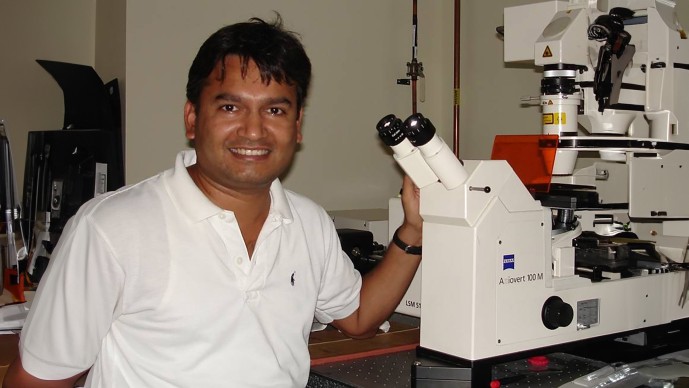Explore the Basis of Latency in Tuberculosis (Round 1)

Roadblock:
Most humans exposed to Mycobacterium tuberculosis contain the infection in an asymptomatic latent form. One third of the world’s population is estimated to have latent TB, representing a vast reservoir from which active disease and subsequent transmission propagates. Interventions that identify and eliminate latent infection might break the cycle of disease transmission and reverse the TB epidemic. Current approaches to detection, prevention and treatment of latent infection are inadequate, and rational development of new tools has been limited by poor understanding of the fundamental biology of latent TB infection.
What We’re Looking For:
The goal of this topic is to stimulate new approaches to the study of the phenomenon of latent TB infection. We seek proposals “off the beaten track,” significantly radical in conception, and daring in premise.
A few of the many options to be considered include:
- New hypotheses about the underlying molecular mechanisms and other biological processes that enable M. tuberculosis to enter, maintain and exit from the latent state, including the use of genome-wide manipulations to identify bacterial or host genes involved in these processes;
- New methods used to study the latent phase of other infectious agents or the factors influencing eukaryotic cell quiescence that may be applicable to the study of TB latency;
- New chemical or immunological methods to prevent entry, maintenance and/or exit from latency;
- The articulation and initial testing of new hypotheses, application of approaches employed successfully to study latency or quiescence in other systems, or the application of new methods or tools, which open new lines of inquiry or interventions not previously possible.
For this initiative, we will not consider funding for:
- Explorations of current hypotheses (for example, that M. tuberculosis latency is an adaptation to hypoxic conditions in closed lesions), unless these involve the use of substantially novel technologies that have not previously been used to study TB;
- New drug, vaccine, or diagnostic discovery research that does not offer a significantly innovative approach to addressing the phenomenon of latency.